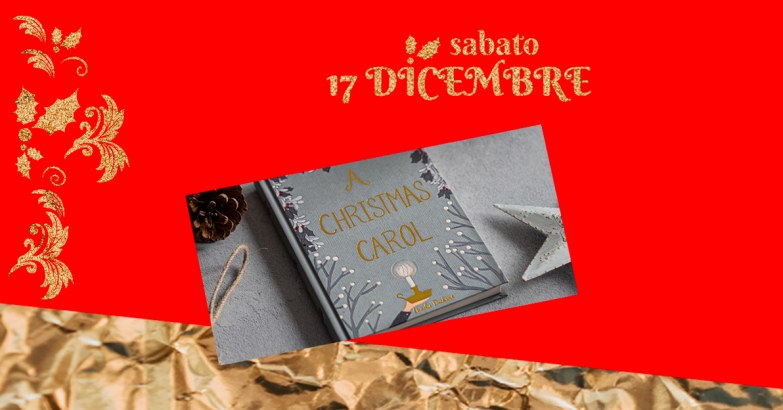A CHRISTMAS TALE: HOW NOT TO BE SCROOGE
«I wonder if you ever read A Christmas Carol by Dickens. […] I read two episodes, I cried out like a child, I made an incredible effort to stop. They are amazing, and I felt so good after reading them […]. Oh, it’s so great that a man was able to write books such as these, filling people’s hearts with compassion! ».
Robert Louis Stevenson, who was a connoisseur of novels, expressed words full of praise for Charles Dickens (1812-1870), considered by most the best English writer of the XIX century. Not only because he was author of milestones such as Oliver Twist (1837), David Copperfield (1849), Little Dorrit (1855) and of course A Christmas Carol (1843), but also because each of these books, in different ways, constituted an instrument of analysis and critique of the Victorian age.
Charles Dickens was born in 1812 in Portsmouth, a port town on the Southern English coast: after a short period in Kent, in 1823 his family moved to a London suburb, and one year later, in 1824, his father was sent to prison for debts. At the age of twelve, young Charles was forced to work at a shoe polish factory, and we can imagine how such experience later influenced his literary production.
However, few years later his career took a totally different direction: he was hired by a law firm, he self-taught how to type and he became a journalist. This activity led him to make reports in the most infamous neighborhoods in London, getting to know aspects of the Victorian era he would later narrate critically.
Dickens was a genuinely modern novelist, who chose to publish his works by episodes, on newspapers, aware of the fact that in this way even poor people would have read them.
A Christmas Carol (1843) is one of the most emblematic narrations he has ever given to press.
Based on a narrative model that has largely been imitated (the ghostly visions setting the time of storytelling), it’s a novel that interprets the run-up to Christmas as an occasion of redemption. The protagonist, a businessman who is attached to his money in a miserable way, is so paradigmatic that his name, Scrooge, has entered the English vocabulary to indicate a particularly greedy person. Son of Molière’s L’Avare ou l’École du mensonge (The Miser, 1668) and anticipation of Scrooge McDuck (first drawn by Carl Barks in 1947), Dickens’s character has one night to be led through an imaginative journey that goes beyond time, space and human values. A Dante Alighieri-like itinerary, with countless remakes from cinema to theatre, from TV to comics. What’s next? You know it: the next one is going to be hosted at Fondazione FILA Museum and, with FILA clothes and accessories, it will add a new sporty detail to the Dickens tradition. See you on 17 December, Saturday, from 9:30am to 6pm (click HERE for infos and reservations). Don’t miss it!
Leave a Reply


